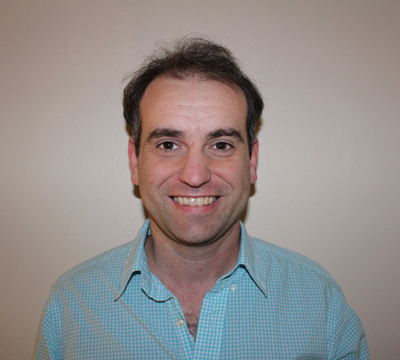The newest attraction at the Adventure Island water park near Busch Gardens, Colossal Curl, sends riders along a slide standing nearly 70 feet high and measuring 560 feet in length. The ride features corkscrews, high speeds and waterfalls, an experience unlike anything else in the Tampa Bay area.
While the water slide is notable as the first new attraction at Adventure Island since 2006, Colossal Curl is significant for another reason – it represents yet another sustainable project for parent company SeaWorld Parks & Entertainment, which operates Adventure Island and neighboring theme park Busch Gardens.
Colossal Curl stands on the site of Gulf Scream, a water slide that was built in 1982 and removed a few months ago to make way for the new family thrill slide.
“The wood, metal, and concrete from the previous slide was recycled at various facilities throughout Florida,” says park spokesman Travis Claytor. “Plus, we just refurbished the Adventure Island parking lot by using the existing asphalt, having it finely ground then mixed to create a base for new parking lot.”
Across McKinley Drive at sister park Busch Gardens, recent construction projects have been completed with a similar efforts toward environmental sustainability.
Last year, when Busch Gardens opened the newly reimagined section of Pantopia in an area of the park once known as Timbuktu, one of the most popular attractions became a unique gift shop called Painted Camel Bazaar. Standing in the shadow of the new 335-foot-tall Falcon’s Fury drop tower thrill ride, Painted Camel Bazaar was built in a renovated structure that previously served as the West African Trading Company.
“In this shop, we used lumber from the old gift shop to make the new fixtures and used the wood spools that the Falcon’s Fury cables were shipped on to make display counters,” Claytor says. Merchandise ranges from apparel to housewares that have been made from recycled and repurposed materials.
In 2011, when the triple-launch Cheetah Hunt roller coaster was being built, the park saved two large structures and repurposed them for the new attraction – a move that potentially spared tons of old concrete and metal from going to landfills. Also, the old Clydesdale barn was converted into the new cheetah housing area.
“These (sustainability) efforts also extend to the animal habitats at Busch Gardens,” Claytor says. “For instance, we take groundwater that flows into the trenches on Cheetah Hunt, filter the water and use it to put water back into the hippo habitat.”
Originally opened in 1959 as an Anheuser-Busch brewery hospitality center, Busch Gardens is acclaimed in the zoological community for building naturalistic habitats that serve as sanctuaries for some of the world’s most endangered animal species. The park also participates in the SeaWorld & Busch Gardens Conservation Fund, a 501 (c)(3) program that distributes 100 percent of its proceeds to animal rescue and rehabilitation, conservation education, habitat protection and species research around the world.
Enjoy this story?
Sign up for free solutions-based reporting in your inbox each week.

Joshua McMorrow-Hernandez is a freelance writer who was born and raised in Tampa. He earned his BA in English from the University of South Florida and spent more than three years as a full-time copywriter for a local internet marketing firm before striking out on his own to write for various blogs and periodicals, including TheFunTimesGuide, CoinValue and
COINage magazine. He has also authored local history books, including
Images of America: Tampa's Carrollwood and
Images of Modern America: Tampa Bay Landmarks and Destinations, which are two titles produced by Arcadia Publishing.